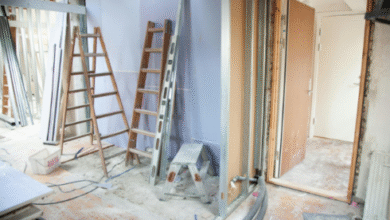Improving your clarinet tone requires practice, proper technique, and attention to several key factors. Here are some tips to help you enhance your clarinet tone:
- Proper Embouchure:
- Develop a strong and consistent embouchure (the way you shape your lips and use your facial muscles). The embouchure should be firm but not overly tight. Practice long tones to develop control.
- Relaxed Body Posture:
- Maintain a relaxed and upright posture when playing the clarinet. This helps in achieving better airflow and control.
- Breathing Technique:
- Focus on deep and controlled breathing. Use your diaphragm to support your breath, and avoid shallow chest breathing. Practice breathing exercises to improve lung capacity.
- Reed Selection and Maintenance:
- Experiment with different reed strengths and brands to find the one that suits you best. Ensure your reeds are in good condition and properly soaked before playing.
- Embouchure Placement:
- Position your embouchure correctly on the mouthpiece. It should cover about two-thirds of the mouthpiece, with your lower lip lightly resting on the reed.
- Articulation and Tonguing:
- Work on your articulation and tonguing technique. Practice legato and staccato tonguing exercises to achieve clarity in your playing.
- Voicing and Control:
- Develop voicing control by adjusting the shape of your oral cavity. Experiment with different tongue positions and throat shapes to produce a variety of tones.
- Practice Long Tones:
- Incorporate long-tone exercises into your practice routine. Play sustained notes with a consistent tone, working on evenness and control throughout the entire range of the clarinet.
- Pitch and Intonation:
- Pay attention to pitch and intonation. Use a tuner to help you stay in tune and practice adjusting your embouchure and air pressure to correct pitch issues.
- Dynamic Control:
- Practice playing at various dynamic levels, from pianissimo to fortissimo. Work on your control to produce a clear and steady tone at all volumes.
- Listen and Learn:
- Listen to professional clarinetists and analyze their tone. Try to replicate their tone quality and phrasing in your own playing.
- Record Yourself:
- Record your playing during practice sessions. This allows you to objectively evaluate your tone and identify areas for improvement.
- Warm-Up Routine:
- Start your practice sessions with a warm-up routine that includes long tones and scales. Gradually increase the complexity of your exercises as you warm up.
- Seek Guidance:
- Consider taking lessons from a qualified clarinet teacher who can provide personalized feedback and guidance on improving your tone.
- Consistent Practice:
- Consistency is key. Regular and focused practice sessions will lead to gradual improvement in your clarinet tone.
Remember that tone improvement is a gradual process that requires patience and dedication. Be mindful of your technique, and always strive for a beautiful and expressive clarinet tone. Over time, with consistent practice and attention to these factors, you’ll see significant progress in your playing.
Also Read:
https://writetechy.com/how-to-grow-coprosma-from-cuttings/
https://writetechy.com/how-to-grow-grass-on-balcony/




